Connecting Bold BI to Help Scout data source
The Bold BI dashboard designer supports connecting to Help Scout web services through the REST API.
Choose HelpScout data source
To configure the HelpScout data source, follow the below steps:
-
Click the
Data Sourcebutton in the configuration panel to add a new data connection.
-
Click
CREATE NEWto launch a new connection from the connection type panel.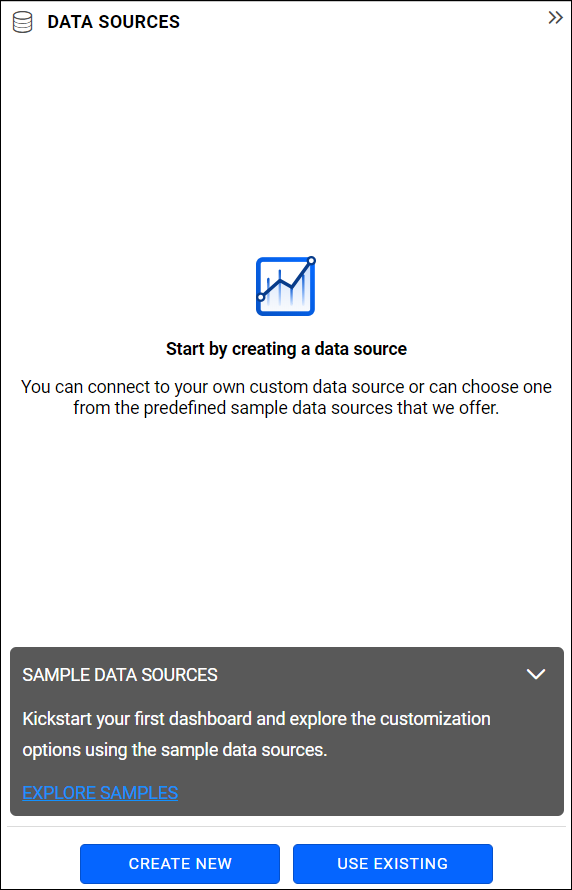
-
Select the
Help Scoutconnection button in the connection type panel.
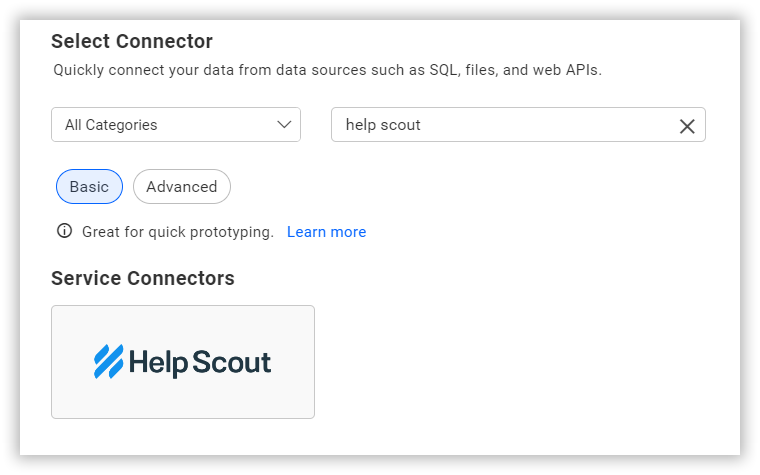
NOTE: You can also create a data source from the home page by clicking the Data Sources menu on the left menu panel and selecting Create Data Source from the data sources page.
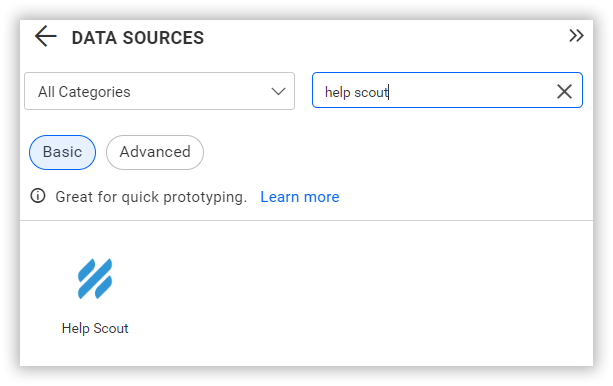
Authentication with Help Scout
For the BoldBI enterprise version, the site admin should obtain the OAuth credentials(Client ID and Client secret) from Help Scout and set up OAuth for the HelpScout connector in BoldBI.
Use the following steps to authenticate with the Help Scout web service:
- Click on the data source, which will prompt a login window. Enter the credentials of your Help Scout account to authorize.
- Click Authorize in the authorization window to accept the scopes requested by the Bold BI dashboards.
NOTE: If permission is denied, the account will not be accessible from the dashboard.
- Provide a name to identify the account and click Next.
- You have now successfully authorized your connection. Click Connect to continue with the data source connection.
- To connect using the already connected account, refer to the Connected Accounts.
NOTE: To connect with a new account click Connect New Account.
Create a Help Scout data source
Once you click on the data source, the NEW DATA SOURCE configuration panel will open. Follow these steps to create a Help Scout data source.
-
Enter the name and description (optional) for the data source.
-
Click the Resources dropdown box and choose the required endpoint.
-
Click the Custom Url to enter the URL manually. Refer to the Help Scout API documentation for more details.
-
Select the GET method for the REST API in the Method combo box.
-
In the Max Rows, enter the maximum number of rows fetched from the Help Scout data source. This value is used to bring the data from the Help Scout data source using pagination.
-
Choose a time interval for the Refresh Settings using the combo box to periodically trigger the Rest API request to keep the data in sync with your dashboard.
-
Select the JSON data type in the Data Format combo box.
-
The authentication type will automatically be set to the Help Scout since OAuth is used for authenticating with the Help Scout account.

You can also edit the connection information set using the Edit Connection option.
Additional information
| Max Rows | Most REST APIs only return a small amount of data on a single API request. To retrieve the necessary data, you can set a value in this field. Pagination is handled internally and will fetch the required amount of data. |
| Refresh Settings | A period will pass before the next refresh call is triggered. This will automatically trigger a call for the API configured in the data source to keep the data up to date. |
Setting up the URL
- For instance, to get customer resource details, use the following resource.
https://api.helpscout.net/v2/customers/<:customerId>
Sample queries
All Customers
https://api.helpscout.net/v2/customers
All Mailboxes
https://api.helpscout.net/v2/mailboxes
Preview and data import
-
Click the Preview & Connect to connect with the configurations that have been set.
-
The Choose Table(s) dialog opens. The schema represents the key fields of JSON data retrieved from the Help Scout Rest API request. This dialog displays a list of schemas in the treeview and their corresponding values in the grid for preview. Select the required tables from the treeview to use in designer and click Connect.

-
Now, the data design view page with the selected table schema opens. Drag from the tree view table in the left pane and drop the table in the Query designer page.
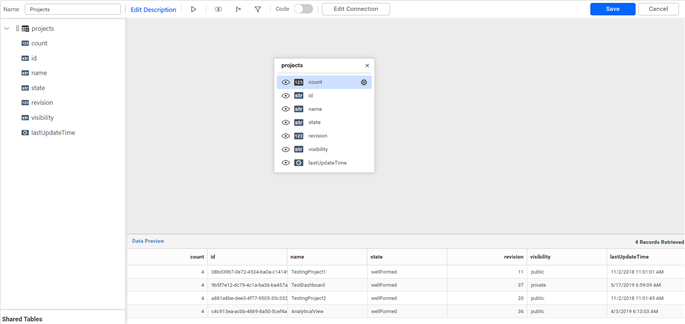
-
Click Save to save the data source with a relevant name.
Connected accounts for OAuth data sources
If you have already logged into the account and authenticated with a web data source, the account information will be listed here. You can select one of the accounts or connect to a new account by clicking the Connect New Account button.
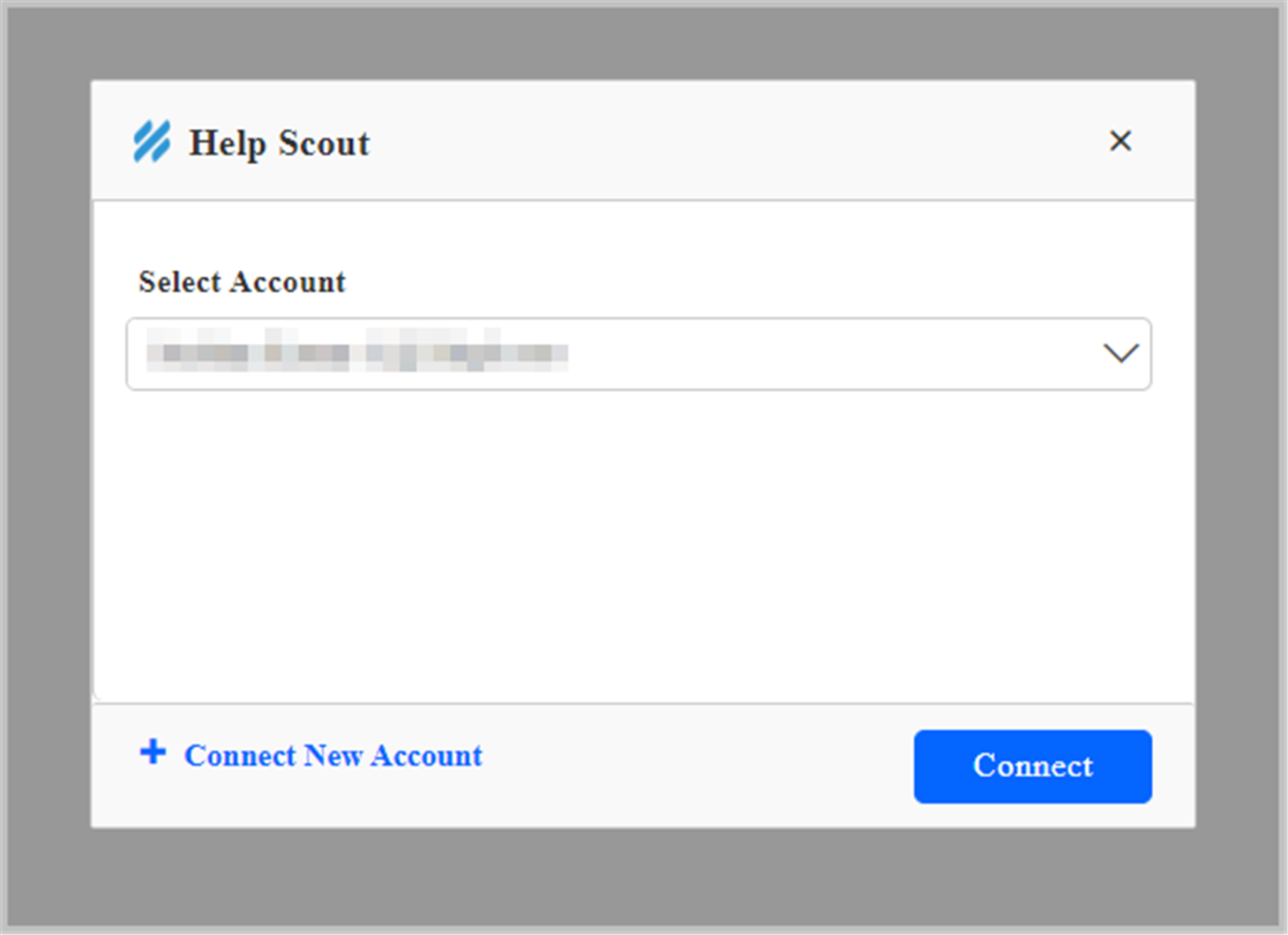
You can edit, delete, and re-authorize this account from the Connected Accounts page.

Steps to generate Client ID and Secret
-
Login to Help Scout.
-
You need to create an OAuth application before you can use the API. Create one by navigating to Your Profile > My apps and click Create My App. A redirection URL is necessary when using the Authorization Code flow.
-
Create a new App by entering information such as App name and redirect URL.
Refer to the below syntax for the redirect URL and configure it properly. Any mistakes in the redirect URLs will affect its connectivity with BoldBI.
For example:
<protocol>://<hostname:port>/bi/designer/v1.0/oauth/agent
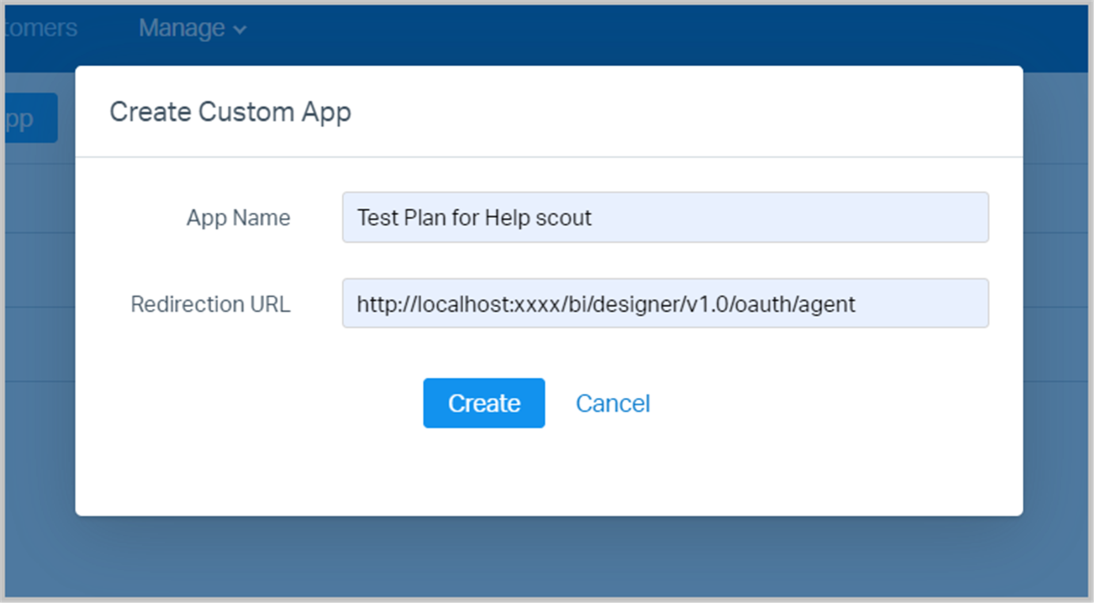
- you will find the generated Client ID and Secret credential.

Related Links
- Choose HelpScout data source
- Authentication with Help Scout
- Create a Help Scout data source
- Connected accounts for OAuth data sources
- Related Links
Having trouble getting help?
Contact Support- Choose HelpScout data source
- Authentication with Help Scout
- Create a Help Scout data source
- Connected accounts for OAuth data sources
- Related Links
Having trouble getting help?
Contact Support